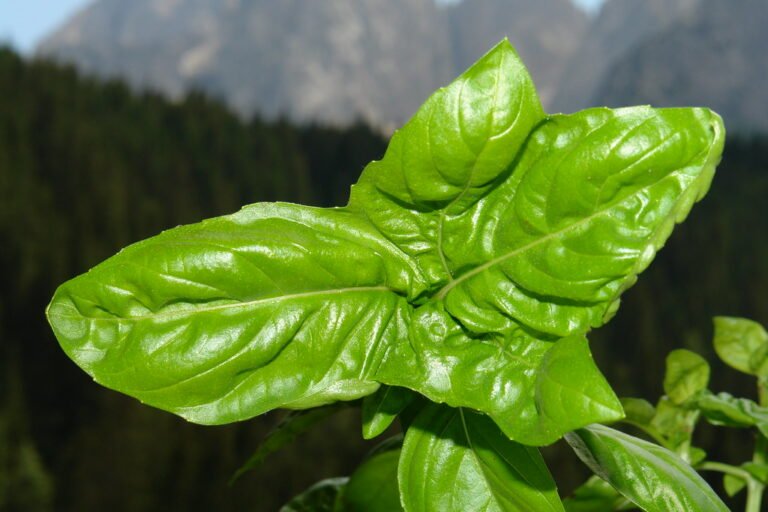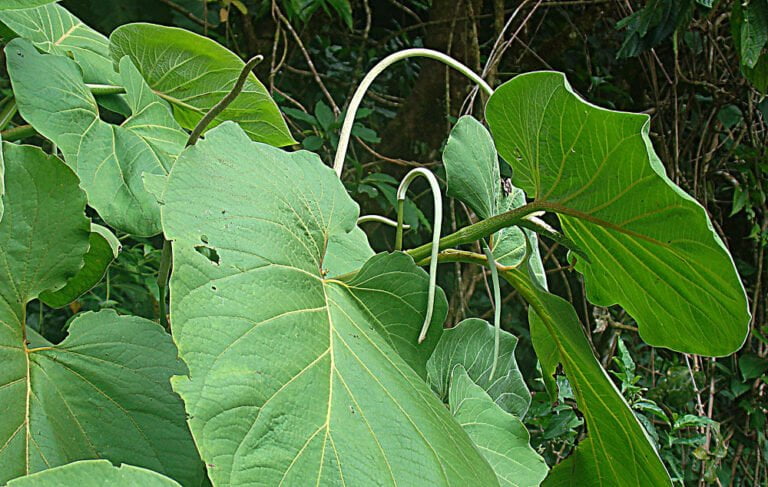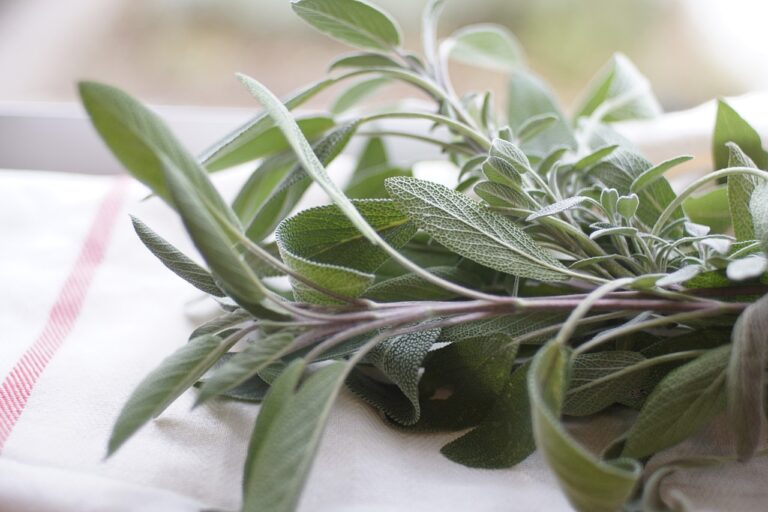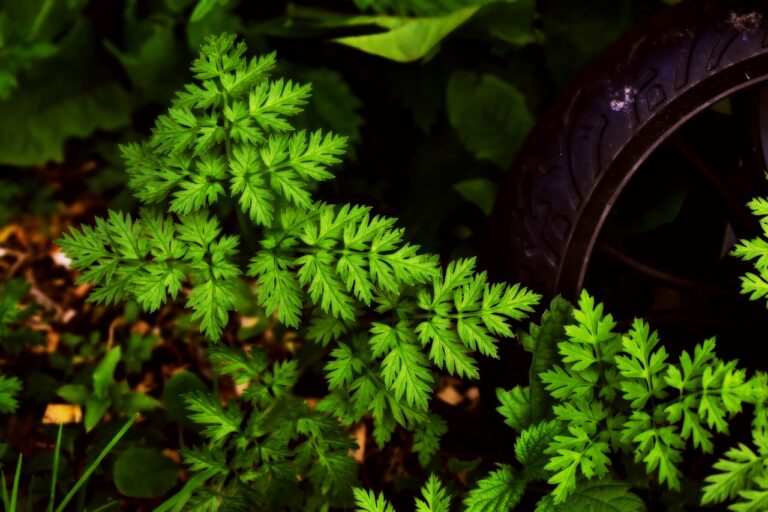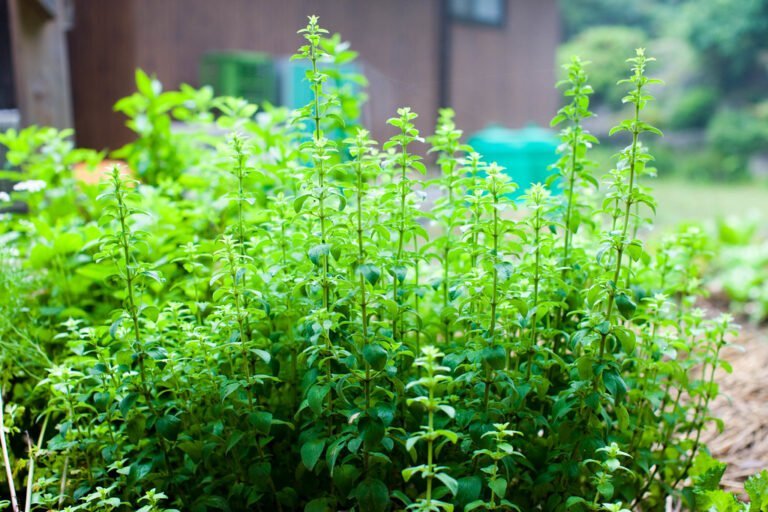Bay Leaf
Biennial plants are captivating with a two-year life cycle. They concentrate on growth in the first year, storing energy in a basal rosette. Flowering occurs once in their lifetime. Varieties like Banana Custard Mullein and Victoria Blue Forget-Me-Not bring beauty to gardens. Providing proper sunlight, well-draining soil, and care is essential. Pruning stems and proper sowing can extend their lifespan. Ravenswing Cow Parsley and Fragrant Stock biennials add charm. Understanding their unique growth patterns enriches the garden landscape, offering a diverse and rewarding gardening experience.
Characteristics of Biennial Plants
Biennial plants, such as those found in temperate climates, exhibit unique characteristics that distinguish them from annuals and perennials. These plants have a two-year life cycle that is important to their survival and reproduction. In the first year, biennials focus on vegetative growth, developing a basal rosette near the soil surface. This rosette serves as a storage organ, allowing the plant to gather energy and nutrients for the following year’s reproductive phase.
During the second year, the biennial plant undergoes significant changes. Stem elongation occurs, leading to the emergence of flowers. The process of flowering is essential for the production of seeds, which are important for the plant’s propagation. Once the seeds are formed, the biennial plant will complete its life cycle and eventually die. Unlike perennial plants that can flower multiple times, true biennials typically flower only once in their lifetime.
Many biennials require vernalization, a period of cold temperature exposure, to shift from the vegetative stage to the flowering stage. This adaptation ensures that the plant flowers at the appropriate time, usually in the second year. The ability of biennial plants to synchronize their life cycle with the changing seasons is a remarkable evolutionary strategy that has allowed them to thrive in temperate climates.
Popular Biennial Plant Varieties
Amidst the broad array of biennial plant varieties, certain species stand out for their distinctive characteristics and suitability to specific hardiness zones. Biennial plants have a two-year life cycle, typically flowering and setting seed in the second year before dying off. These favored varieties are well-loved for their unique features and adaptability to various climatic conditions.
Banana Custard Mullein (Verbascum ‘Banana Custard) is a striking biennial that thrives in USDA hardiness zones 4 to 9. It can reach heights of 3 to 6 feet with a width of 18 inches, making it a remarkable addition to the garden. This plant prefers full sun and well-drained soil, providing a beautiful display during its blooming time.
Victoria Blue Forget-Me-Not (Myosotis sylvatica ‘Victoria Blue) is another cherished biennial, ideal for zones 5 to 9. Growing to a compact size of 6 inches tall and wide, this flowering plant requires full sun to partial shade and moist, well-drained soil. Its delicate blue flowers add charm to any garden setting.
Alpine Poppy (Papaver alpinum and cvs.) is a favorite for zones 5 to 8, with a petite stature of 6 to 8 inches tall and 4 inches wide. Thriving in full sun and sharply drained soil conditions, this biennial plant is a delightful addition to rock gardens.
These favored biennial plant varieties showcase the diversity and beauty of these unique plants, each offering something special to the garden landscape.
Growing Biennial Plants in Your Garden
Exploring the best conditions for cultivating biennial plants in your garden enhances the understanding of their distinct growth requirements and guarantees successful gardening results. Biennial plants have a unique life cycle that spans two years. In the first growing season, these plants focus on establishing roots, leaves, and storing energy. During this time, they do not typically flower. It is in the second season that biennials bloom, produce seeds, and complete their life cycle.
To grow biennials successfully, it is essential to understand their growth patterns. Some biennials, like parsley, fennel, and carrots, need vernalization to bloom. This process involves subjecting the seeds or young plants to a period of cold to initiate flowering. Providing the right conditions, such as proper sunlight, well-draining soil, and adequate moisture, is vital for the best growth of biennial plants. Additionally, being mindful of their specific care requirements can help secure a bountiful harvest of flowers, fruits, or seeds in the second season.
Integrating biennials into your garden can add variety and interest due to their unique two-year growth cycle. By nurturing these plants through their different stages of development, you can enjoy a rewarding gardening experience and a colorful, productive garden.
Tips for Extending Biennial Plant Lifespan
To maximize the longevity of biennial plants, strategic pruning of flowering stems is crucial to promote extended growth and facilitate reseeding opportunities. By trimming the flowering stems after blooming, the biennial plant’s energy is redirected towards vegetative growth, guaranteeing a healthier and more robust plant. This practice also stimulates the plant to produce more flowers in the subsequent year, prolonging its flowering period over the two-year life cycle.
For those seeking to maintain a continuous showcase of biennial blooms, consider sowing new seeds or purchasing first-year plants in Year 1. This secures that there will always be mature plants ready to flower in the following years, creating a smooth progression of blooms in your garden. Additionally, integrating biennials into perennial beds not only adds variety but also prolongs the overall lifespan of the garden landscape.
Some biennials can be manipulated to act like pseudoperennials, allowing for multiple years of flowering. By removing spent flowers and providing adequate care, these biennials can persist beyond their typical two-year life cycle, bringing beauty to the garden for longer periods. For a wide selection of biennial plants, consider exploring mail-order sellers like Digging Dog Nursery or Thompson & Morgan, who provide a diverse range of options to enrich your garden’s flora.
Incorporating Biennial Plants in Landscaping
Incorporating biennial plants into landscaping not only broadens the flora but also introduces distinct colors, textures, and fragrances to enrich the visual appeal and atmosphere of the garden. When strategically planning to include biennials in your landscape, consider the following:
- Consider Timing: Biennial plants like the Ravenswing Cow Parsley showcase black fern-like foliage in the first year, creating a unique texture, and tall white flower spikes in the second year, adding a dramatic visual impact to your garden.
- Choose for Fragrance: Opt for stock biennials known for their strong, slightly spicy fragrance. These biennials are bred to flower in the first year, making them a popular choice for gardens where fragrance is desired.
- Sunlight and Soil Conditions: Korean Angelica, a vibrant biennial, thrives in full sun to partial shade and moist, fertile soil. Make sure you plant it in an area that receives adequate sunlight and maintains the required soil moisture for best growth.
- Versatile Options: Consider the Victoria Blue Forget-Me-Not, a compact biennial that can flourish in various conditions from full sun to partial shade. Its adaptability makes it a versatile and charming addition to any garden landscape.


